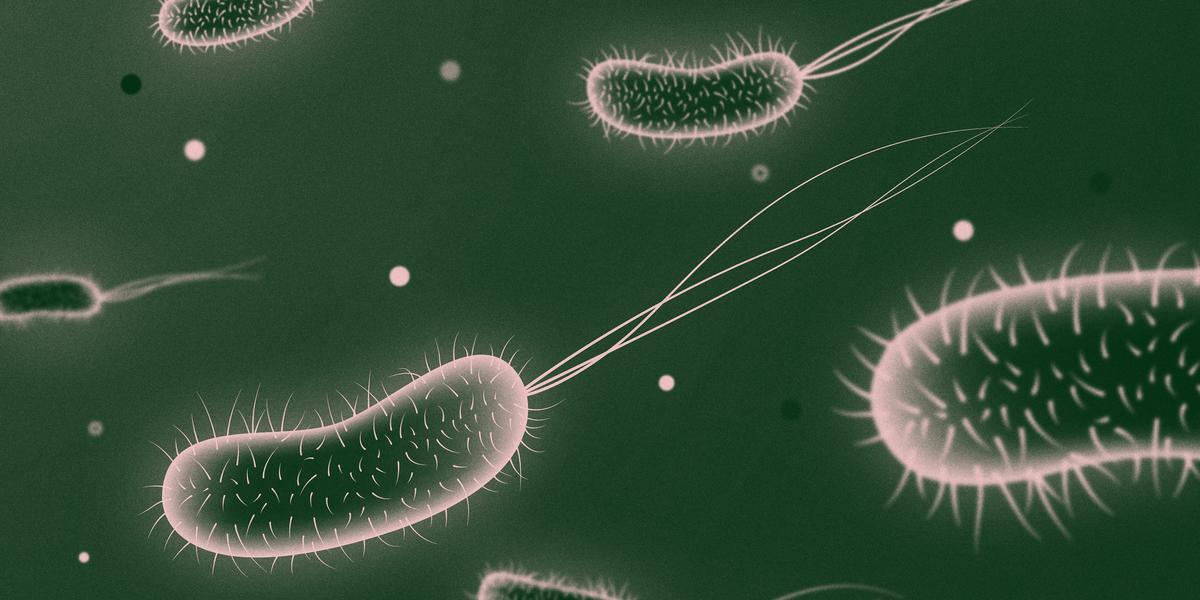- Issue:
Nearly all human urinary tract infections (UTIs) are caused by E. coli bacteria. Two strain types—ST131 and ST1193—cause the majority of E. coli–related infections. Both are highly resistant to antibiotics. What concerns Tim Johnson is how quickly these strains acquired different genetic traits making them resistant to the same antibiotics.
Tim Johnson, PhD, a veterinary microbiologist and associate professor in the University of Minnesota College of Veterinary Medicine’s Department of Veterinary and Biomedical Sciences. He and physician-scientist James Johnson, MD, from the Minneapolis Veterans Administration Medical Center, led an exploration of ST1193’s relatively rapid evolution. Their work was recently published in Antimicrobial Agents and Chemotherapy.
“The ST1193 strain type’s ability to ‘mix and match’ genes until the most successful combination was found—while retaining the attributes that we’re most concerned about, including antibiotic resistance—is stunning.”
Tim Johnson, PhD
To trace ST1193’s history, the team compared it with similar E. coli strains. “ST1193 followed an unusual evolutionary path,” Johnson says. Unlike their close relatives, ST1193 isolates have a tightly clustered group of genetic traits, suggesting that the isolates underwent rapid DNA changes in order to achieve recent success. Three chromosome mutations identified among the shared genes give ST1193 resistance to fluoroquinolones—a class of antibiotics often prescribed to treat UTIs and respiratory infections.
Johnson’s analysis attributes this new global threat to several rare, successive mutational events. “The ST1193 strain type’s ability to ‘mix and match’ genes until the most successful combination was found—while retaining the attributes that we’re most concerned about, including antibiotic resistance—is stunning,” he says.
And then there were two
ST1193 is the second recent drug-resistant E. coli strain type to become a widespread cause of UTIs. The more common ST131 is the predominant strain. When Johnson’s team compared the two, they found the completely different strain types evolved for global success in essentially the same way. “The odds of this happening by chance are almost impossible,” Johnson says. Not only did they evolve in the same way, but the ST1193 strain type evolved even more rapidly than ST131.
Johnson estimates that 30 percent of the world’s human population carry ST1193 or ST131 in their digestive tracts. But he says this number is difficult to estimate because these bacteria can lay dormant long before causing infection—and sometimes remain totally harmless.
Johnson wonders about future antibiotic-resistant, globally distributed E. coli strains. “How can the medical community recognize the threat and address it quickly?”
The key is identifying evolving pathogens before they become antibiotic-resistant or widespread. Johnson uses computational models to predict emerging clones most likely to have these capabilities. Defining each successful strain type’s genetic traits is essential, as demonstrated by Johnson’s team with ST1193.
Why veterinary medicine?
Many pathogens affecting both human and animal health now feature some degree of resistance to fluoroquinolones. An estimated 20 percent of these pathogens acquired their resistance through the use of antibiotics in veterinary medicine. But Johnson’s team found that wasn’t true for ST1193. “We found no evidence that ST1193’s chromosomal mutations arose from veterinary use of antibiotics or that ST1193 resided in a food animal reservoir,” Johnson says.
Johnson works most often with poultry companies, but his discoveries relate to all livestock producers using antibiotics. He aims to create alternative strategies that reduce antibiotic dependence. Johnson’s discoveries can be applied to human health, too.
“The more often we use antibiotics in our food production systems to prevent or treat disease, the more we encourage those pathogens to develop resistance,” he says. “Pathogens do not readily give up resistance after antibiotic use is discontinued. So, we need to find better strategies that control pathogens without promoting antibiotic resistance.”
Illustration by Hairun Li


